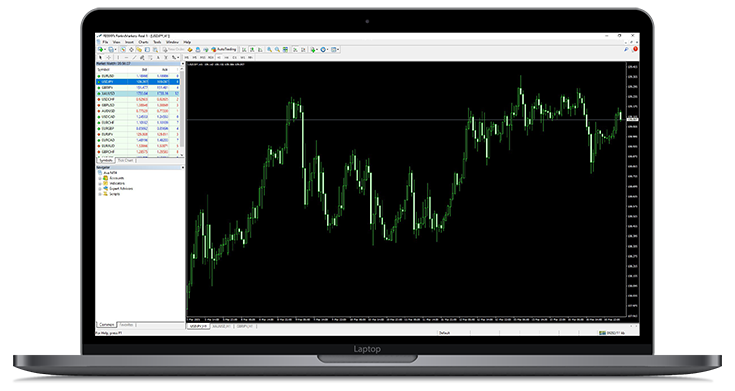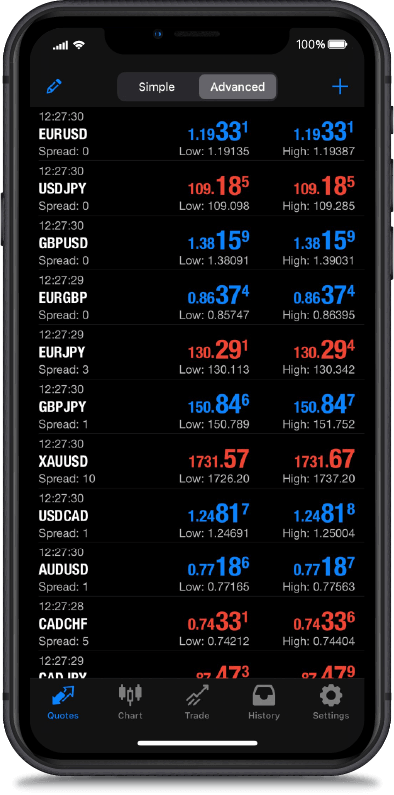NHÀ MÔI GIỚI GIAO
DỊCH HÀNG ĐẦU
DỊCH HÀNG ĐẦU
Truy cập hơn 350 sản phẩm bao gồm Ngoại hối, Cổ phiếu, CFD, Hàng hóa, Chỉ số và Kim loại với nền tảng MetaTrader 4/5.
CHÊNH LỆCH TRỰC TIẾP
EUR / USD
SPREAD
0.00
MUA
-----
BÁN
-----
XAU / USD
SPREAD
0.90
MUA
-----
BÁN
-----
EUR / JPY
SPREAD
0.10
MUA
-----
BÁN
-----
USD / JPY
SPREAD
0.00
MUA
-----
BÁN
-----
GBP / USD
SPREAD
0.20
MUA
-----
BÁN
-----
Giá trực tiếp chỉ mang tính chất tham khảo.
STANDARD
Không mất phí giao dịch
PIPS
XAU/USD
PIPS
EUR/USD
PIPS
USD/JPY
PIPS
EUR/JPY
PIPS
GBP/USD
PIPS
EUR/GBP
- Số tiền gửi tối thiểu $100
- Đòn bẩy tối đa 1 : 500
RAW
Phí giao dịch thấp
$2.5/mỗi chiều
PIPS
XAU/USD
PIPS
EUR/USD
PIPS
USD/JPY
PIPS
EUR/JPY
PIPS
GBP/USD
PIPS
EUR/GBP
- Số tiền gửi tối thiểu $100
- Đòn bẩy tối đa 1 : 500
LOẠI TÀI KHOẢN
PHÙ HỢP NHẤT VỚI BẠN
PHÙ HỢP NHẤT VỚI BẠN
Tại RADEPromoToggleWrapPX MARKETS, chúng tôi cam kết cung cấp cơ cấu giao dịch và thực hiện cạnh tranh.
TĂNG CƯỜNG HÀNH TRÌNH GIAO DỊCH CỦA BẠN CÙNG CHÚNG TÔI
Trải nghiệm giao dịch hoàn toàn mới với những tính năng tối ưu của chúng tôi. Nền tảng của chúng tôi không chỉ mượt mà mà còn thân thiện và tiện lợi, giúp bạn dễ dàng điều hướng trên thị trường một cách nhẹ nhàng và chuyên nghiệp.












